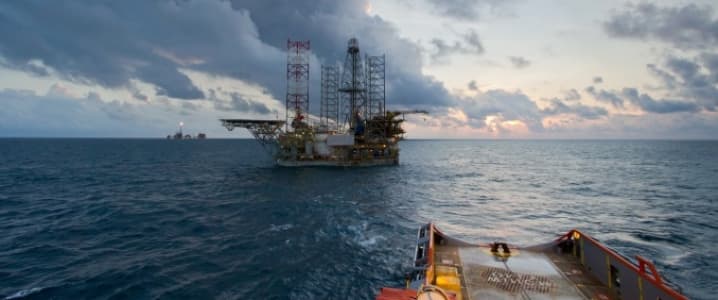If what has been happening in oil and gas over the last two years was made into a TV show, it would have been a real hit. An epic drama hit. It’s not just oil and gas prices; it’s also project efficiency – or rather the lack thereof – as well as the inability or unwillingness to acknowledge new trends in energy and act accordingly.
Let’s talk a bit about inefficiency first. A recent E&Y study made some horrible revelations: as much as 64 percent of 365 megaprojects went into cost overruns and even more, 73 percent, failed to keep to their schedule. It’s even worse for the biggest among these megaprojects. The FT quotes E&Y as reporting that out of the 20 biggest oil and gas projects in recent years, 13 ran above their initial budget, with three of these going as much as 75-100 percent above it.
These are all projects that were conceived, planned and executed by companies with a long history in the business and a lot of experience in project management. So, what went wrong? One suggestion is that the supermajors simply got complacent with $100-a-barrel oil and felt comfortable splashing on projects without worrying too much about things like deadlines and costs.
Complacency, however, is dangerous: Chevron’s Gorgon, to pick just one example, suffered from cost overruns of more than 50 percent, and that was just the start of its problems. It was launched amid a global LNG glut and then, just months after the launch production had to be suspended because of a gas leak. Then production restarted until another leak, earlier this month, which prompted another production suspension. And Chevron is by no means the only one experiencing such problems. Related: Oil Industry Slammed By Disappointing Earnings, Oil Price Plunge
Besides complacency, Big Oil is just… too big. The oil price rout has made it clear that the smaller and leaner a company is, the better positioned it is to survive and remain profitable. The bigger a company is, apparently, the less flexible it is. But Big Oil can’t just slim itself down to the size of an average shale boomer, so large-scale projects remain essential for its survival. The problem is improving their efficiency.
While supermajors are mulling over this problem, they just got hit with another one: falling downstream revenues. This earnings season it’s become clear that refining margins and revenues are falling across the board, depriving the likes of BP, Shell, Chevron, and the rest of them of a major crutch that has so far helped them hobble through the crisis. Apparently, they didn’t see this coming, even though it makes perfect sense for refining activity to rise when crude is cheap, yielding cheap fuels that gradually start exceeding demand. Naturally, as fuel inventories reached worrying levels, downstream margins began fading.
Big Oil is now again investing in large projects, after hunkering down confused for most of last year. They can’t afford not to. Cost-cutting and laying off workforce in the thousands is not enough, and now the decline in downstream revenues is providing additional fuel for these investments. The energy supermajors just don’t have a viable alternative despite some of them turning increasingly to shale. Shale is best for the smaller, leaner players. Chevron, Exxon and their peers better focus on that efficiency improvement, because they need the upstream income more than ever before.
By Irina Slav for Oilprice.com
More Top Reads From Oilprice.com:
- Forget Inventories – Drilling Cutbacks Will Lead To Much Higher Oil Prices
- Exxon Misses Estimates By A Mile, Plunges To Two-Month Lows
- Oil Relieved As Rig Count Shows Negligible Gain



















You overlooked one important fact. Most of the good stuff has already been drilled.
Naturally developing what would have earlier been trash is more difficult.
The all time example of trash that I recall is the Kashagan oil field in the Caspian.
Discovered 2000. Massive field with 45° API oil.
Planned production 370k bpd. Production start delayed, delayed, and delayed.
First production finally started in 2017, but closed down after two weeks due to corroded, leaking pipes.
Project cost around US $190 billion.
Problems:
(1) The field is in shallow water which freezes in winter. Winter storms broke the ice and destroyed the production rigs.
(2) The field is very high pressure.
(3) The associated natural gas is 19% hydrogen sulfide which is very poisonous, heavier than air, and extremely corrosive. (Imagine a gas leak on a calm day. Bye, bye work crew.)
Many large companies have been involved.
The early cleaver ones sold out and quietly ran away.